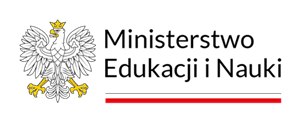Pozycja ustrojowa Rady Państwa w Konstytucji PRL z 22 lipca 1952 r.
Słowa kluczowe:
Council of State, constitution 1952Abstrakt
The position of the Council of State in the constitution from 1952 has been modeled on organs which existed in the states of so-called “real socialism”. It was based on the theory of the unity of state authority and on the theory of supremacy of the representative organs over other state bodies. The Council of State was, together with Sejm, the main state organ, but Sejm was regarded as a supreme organ. The Council of State was directly subordinated to Sejm, which could control its activity. It was described as a “smaller body” of Sejm, because only MPs could be elected to the Council of State. Its role and position was determined by the constitutional competences. The most important of them were connected with the replacing Sejm’s functions, such as passing the decrees, which had the same force as the acts of parliament. The Council of State was also a collective head of state, but its activity on this field de facto had no importance for its real position.







